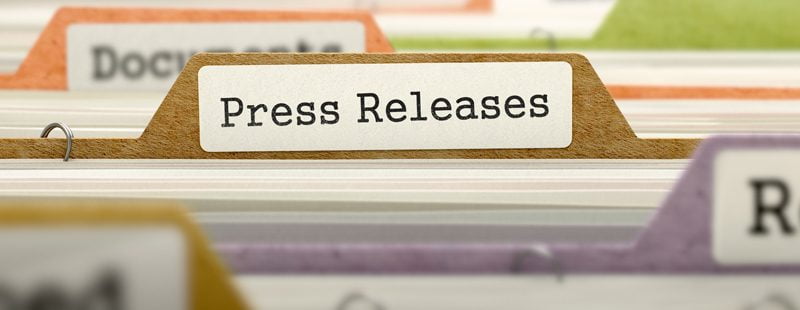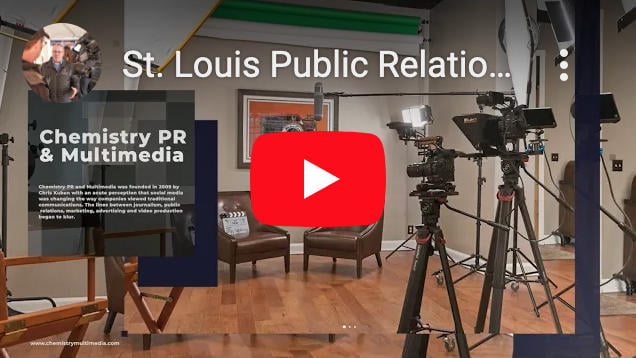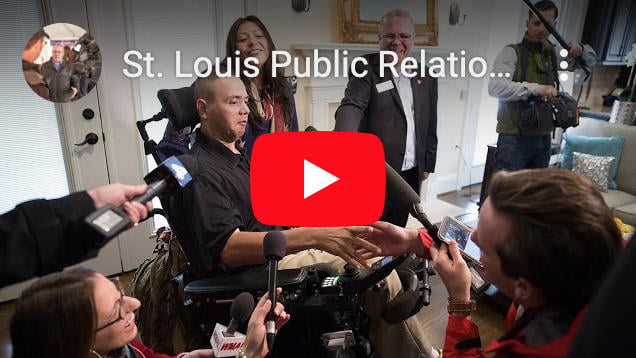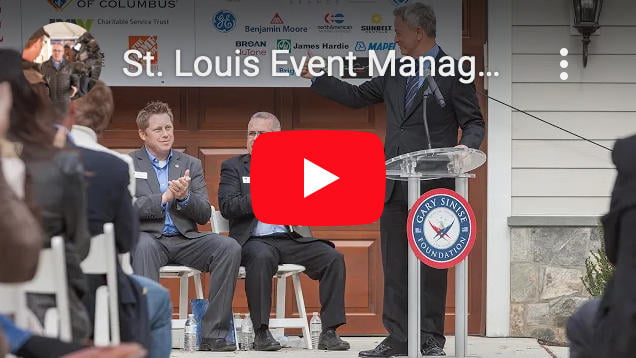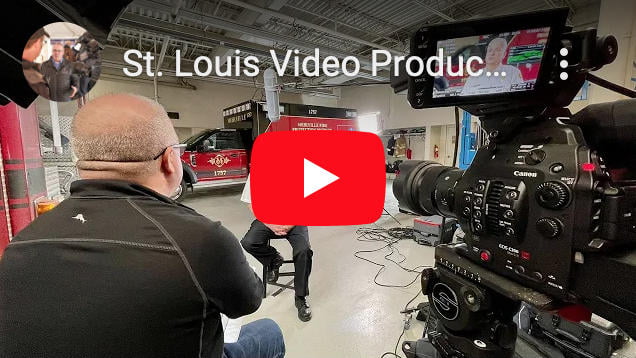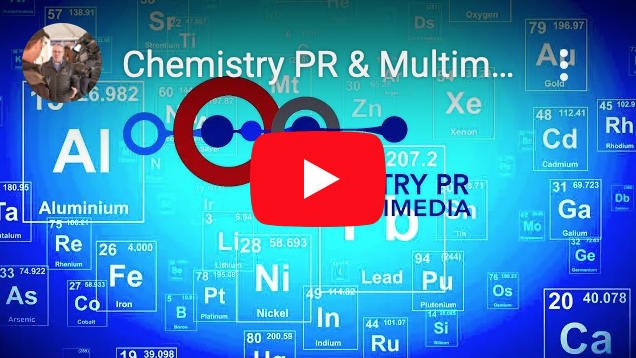How to Write a Great Press Release!
There are a number of essential tools of the trade in Public Relations. Few are as essential as a great press release! The main purpose of a press release is to present a short, compelling story to a number of media outlets in order to elicit interest in the story – enough interest to feature it.
The difference between the ‘great’ press release and a press release that will go unnoticed is simply in the content and how it is written. There is a balance of art and science to writing a great press release. It will be written in a style somewhat unique to journalism, yet will contain a number of essential components. I believe the following elements are the most important to composing a great press release – one that will get the attention and accomplish the goal.
Understand What a Press Release is and What it is Not.
A press release is a fundamental PR Tool. Like other tools manufactured for a specific job or purpose, the press release, when used properly, will serve the PR professional quite well.
Your client is counting on you to get their story heard. If you have been retained to assist in building brand awareness for your client and build a solid positive reputation, there is a ton of pressure to get it right. There is a definite target at which you are to aim….the bull’s eye! What is the bull’s eye? It is the “yes” from the media outlet that can’t wait to consider your story for a feature!
A press release is an announcement, written in third person, for the purpose of introducing news or story ideas to the media. It can be used to introduce or announce everything from new products, scheduled events, promotions, awards – anything presumably newsworthy. It is used to demonstrate the newsworthiness of an announcement to an editor or reporter. A press release is simply a pitch to the media with examples as to why your topic is newsworthy.
A press release is NOT an avenue for sharing trivial information and it is not a forum for displaying your unique talent for placing a plethora of fancy flowery language and content for all to stand and take notice. Nor is it a place to impose personal opinions or viewpoints – editorial. Additionally, it is not a full blown story. It is simply used to create interest and get media outlets to consider running the story.
It should be stated that a good journalist, or a true journalistic outlet, will never publish your press release. The release is just a way for you to thoroughly explain your pitch. However, it should be noted that there may be occasions when 5{fb2cd6ecc5ea822e7d55867f94952838aab4b89ae39846a722113040866900c7} of your published online content will be your exact press release, as written, due to the fact that the intern was too lazy to write a story when adding content to the website. This is very few and far between. You do not write your press release for online purposes.
Make Sure you Format the Press Release Properly.
Once it is understood what a press release is and what it is not, it is time to consider how to format your press release. When in doubt, search online for examples. Typically, you want to format the release in an AP writing style. The outline given below is a generally accepted format as shared in PR related academics and commonly accepted by the general PR profession.
The basics – Ideally a great press release will be one page in length, but two pages absolute max! Odds are, nobody in the media will read further than your headline unless it grabs their attention! It should be typed using standard 1” margins, single spacing and on regular all purpose white paper using standard easy to read fonts like Calibri or Times New Roman.
There are 10 clearly defined parts to the great press release.
Logo – Include the logo of your business (your client if you are a PR professional hired to create the press release on behalf of your client). The logo should be centered at the top of the first page. Use letterhead for news releases only if it’s clean, free of distracting art and text, and contains sufficient contact information.
Contact info – Below the logo, left side. Neat and clean, like this.
Contact: John Doe
Tel: (123) 456-6789
Cell Phone: (321) 987-6543
Email: johndoes@johndoe.com
Website: www.johndoe.com
Include links to social media pages if there are some – and we all know there are! The links included will allow the news outlet plenty of places to collect additional information easily if desired. If you have B-Roll links or a photo gallery link, use them. It is suggested you use every avenue possible to tell your story.
Release Date – If you are going to include a release date, add it below the logo to the right. Include one line that includes, in CAPS, the date of your release. “FOR IMMEDIATE RELEASE”, “FOR RELEASE ON {DATE} AT {TIME}. If the release is ’Embargoed,’ place that in this section with the embargoed date.
Headline – CAPITALIZE the first word and bold the entire headline. Try to keep the headline 80-150 characters and use clear language that is easily understood. Capture some important keywords from the content of the release and include them in the headline. HINT: write the release before the headline. Keep the headline short and to the point, but remember, this is your Hook or Peg! The headline is what catches attention at the assignment desk to read more and/or assign the story to a reporter.
Sub-headline – Do include a sub-headline describing the news in a little more detail, but don’t include words from headline. Space is precious, use it wisely. The sub-headline is your opportunity to develop the story angle but contains information not already in the headline. Sometimes, I personally need to include 2 subheads to adequately tell main points of the pitch.
Dateline – Usually, in the first line of the first paragraph, you will include the dateline which includes the location and date of the article. Use CAPS again for the location [CITY, ST]. Spell out the month for your date, (September). Dateline should look like this:
ST. LOUIS, MO, October 1, 2016
First paragraph – The first paragraph of a great press release is the meat and potatoes of the document, but is a brief summary only. The most important part of the first paragraph is the inclusion of the 5 W’s and the H of the story: Who is it about? What is the news or announcement? When does this news or event happen, and where will it happen? Why is it news?
Be creative but factual here. This is where the writer has the best chance of getting a response from the news outlet. This is the “so what” factor news outlets want to know. Finally, how will the news, event, or announcement happen?
Once the basic information is defined, fill in information about the people, products and other pieces related to the news. Consider writing as though you were telling the audience your news. That is how you will want the media to tell it, and will save revision time when the media picks up the story. They love that!
If you are a PR professional and you’re telling the news FOR someone else, point that out here. It will be important to know the information is coming from a source not related to the subject.
Body – Starting with the most important information use the space following the first paragraph to fill in the blanks. Include background context for your news story. Avoid lengthy sentences and be sure to stay on point. This is a great place to include links and other information that support your news story. This is also a great place to include additional media such as videos, audio clips, and photos. Use files that make it easy for the media contact to use these resources easily. If you are going to add quote blocks to the release to add perspective to the story, this is the area to add them. Working through the body of your release finish it off with the least important information and put a bow on it.
Boilerplate – This is an interesting term that describes material that is used over and over and does not change. In this context, it is the description and the “so what” about the company and what the company does. It is a brief statement a company will use for press releases and other marketing materials. It offers a snapshot of the company, its experiences, and accomplishments.
A Boilerplate could be for any type of event, announcement or promo. For example, I have produced the same type of events in 36 different metro markets. In each of those markets we use the same press release but change up only the specifics. All other paragraphs stay the same.
Keep Your Goal in Mind.
What is the point? A press release is not to be considered “news”, rather it is a conduit through which news is carried to the media. The goal is for your release to pique the interest of the media outlet, make them aware of the business, event, or company. The purpose of the content is to ignite an idea for a story that puts you in a position as a source for the story.
Keep it Clean and Relevant to your Audience.
Take the time to learn what the audience in your selected market will consider newsworthy and use your results to peg your story or hook the media outlet in that area.
It is unwise to assume your product, event, or news will be interesting to everyone at anytime. Is timing important? Is your news seasonal? If you are planning to pitch your release to outlets in more than one market, consider customizing your headline and sub-headline to each market, but avoid customizing your entire release to every market. The goal is to capture the attention of all outlets with your pitch, so use the customization advice very sparingly.
If you have time to research, knowing a little bit about the specific contact at the news outlet you are pitching is incredibly valuable. Producers and other media contacts appreciate when someone pitches stories that they know appeals to the interests and roles of the contact. For example, in some markets, there is a specific reporter or anchor that has veterans as their key focus. Knowing their background and pitching veteran related stories to that person will increase your chances of getting your story noticed and considered for feature.
Be Direct, Straight-forward, Honest.
Provide actual news. Avoid advertising pitches and promo language. Make sure it is as ready as possible for press. Just the facts, all the facts, and the relevant information surrounding the facts. Then, proofread, proofread, and proofread again. Make sure it is error free!
Proofread Before Sending!
There is nothing more embarrassing or heartwrenching than when you send out a press release with spelling errors. It is simply inexcusable and unprofessional. Personally, I never send out a press release unless the client approves it first. About 20 years ago I worked for the Governor of Missouri and we had what was called the “Happy Face Trail.” This was a great way for multiple people to review a document and sign off on the document before it was sent out. This process ensured there were multiple people proofreading to make sure the content was accurate and the spelling correct. Even if you are sure you are a great speller, it’s always important to have someone else re-check your work. We are all human and we make mistakes. Having a process in place to catch those mistakes prior to sending out your release will save you some embarrassment later.
There is no substitute for being prepared to take on a task with the right tools in place. We hope the 6 tips shared here have helped you to understand the impact of a well-written and executed press release. How the information is put together is as important to a great press release as the news it contains. At Chemistry Multimedia, we are a full-service multimedia and public relations agency. We combine extensive experience with effective media relationships to develop stories and produce results for our clients. Contact us today!

